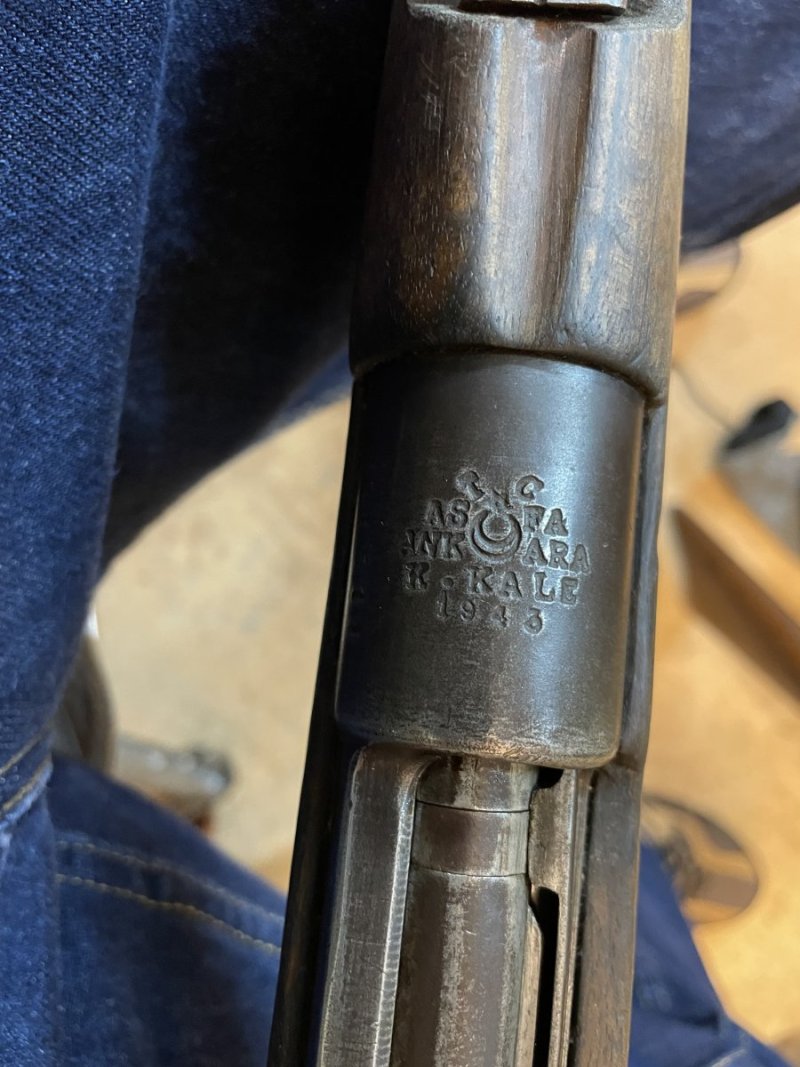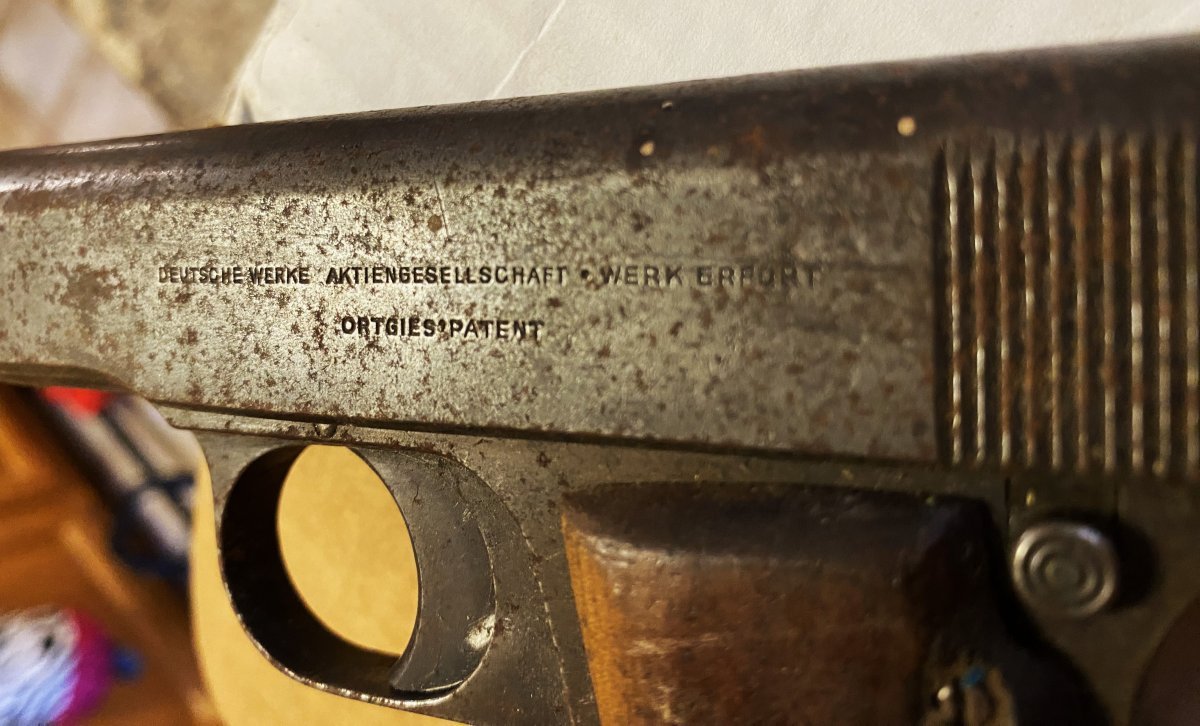Historic/Antique firearms questions? received upon a relatives passing unfortunately, but would love more info/details on what exactly I have if anybody can help?
Good evening, I am looking for more info on these 4 firearms. Historic significance if any, overall value/condition related to others recently on market or known of. Tips/tricks for long term furniture (wood) and overall long term maintenance. Some back story- grandpa was a lifelong outdoorsman and hunter. He served in the Vietnam war, being the captain of a C-130 Flying Fortress. “Not the gunship, however the utility/medivac focused aircraft” too many stories to tell…. But throughout his service, picked up many firearms overseas which were brought back to the US. For a fact, I know this is the case with the rifle, and I believe 2 of the shotguns (possibly). I am almost certain the hammer-fire double barrel was handed down from his father and is native to the US, but I could be wrong. would love for some educated firearm enthusiast to be able to help give some clarity on what I’ve got my hands on.
What I can see written on the firearm
(1) “hammer fired double barrel .12” American gun co. New York, genuine armory steel, choke bored
(2) “next double barrel haha” J.P. Sauer & Sohn, made in W. Germany, 12/70/2 and 3/4, original sauer
(3) over/under 12, model 101 Winchester, made in Japan, Lin kodensha Co.Ltd
(4) made in Austria, original mannlicher schœnauer, Steyr-Daimler….(rest is covered by scope mount) mod. MC, .243 with Pecar Berlin Germany 4-10 variable scope.
With warm regards,
Ryan
Good evening, I am looking for more info on these 4 firearms. Historic significance if any, overall value/condition related to others recently on market or known of. Tips/tricks for long term furniture (wood) and overall long term maintenance. Some back story- grandpa was a lifelong outdoorsman and hunter. He served in the Vietnam war, being the captain of a C-130 Flying Fortress. “Not the gunship, however the utility/medivac focused aircraft” too many stories to tell…. But throughout his service, picked up many firearms overseas which were brought back to the US. For a fact, I know this is the case with the rifle, and I believe 2 of the shotguns (possibly). I am almost certain the hammer-fire double barrel was handed down from his father and is native to the US, but I could be wrong. would love for some educated firearm enthusiast to be able to help give some clarity on what I’ve got my hands on.
What I can see written on the firearm
(1) “hammer fired double barrel .12” American gun co. New York, genuine armory steel, choke bored
(2) “next double barrel haha” J.P. Sauer & Sohn, made in W. Germany, 12/70/2 and 3/4, original sauer
(3) over/under 12, model 101 Winchester, made in Japan, Lin kodensha Co.Ltd
(4) made in Austria, original mannlicher schœnauer, Steyr-Daimler….(rest is covered by scope mount) mod. MC, .243 with Pecar Berlin Germany 4-10 variable scope.
With warm regards,
Ryan
Attachments
-
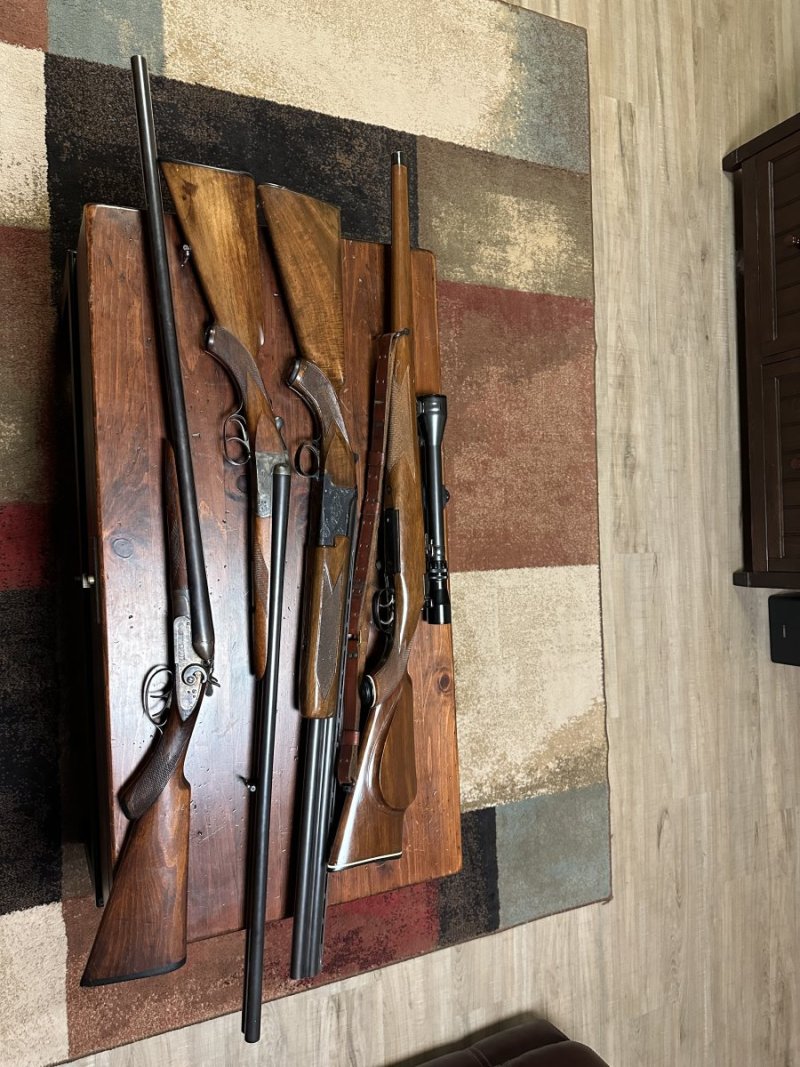 IMG_0575.jpeg279.3 KB · Views: 35
IMG_0575.jpeg279.3 KB · Views: 35 -
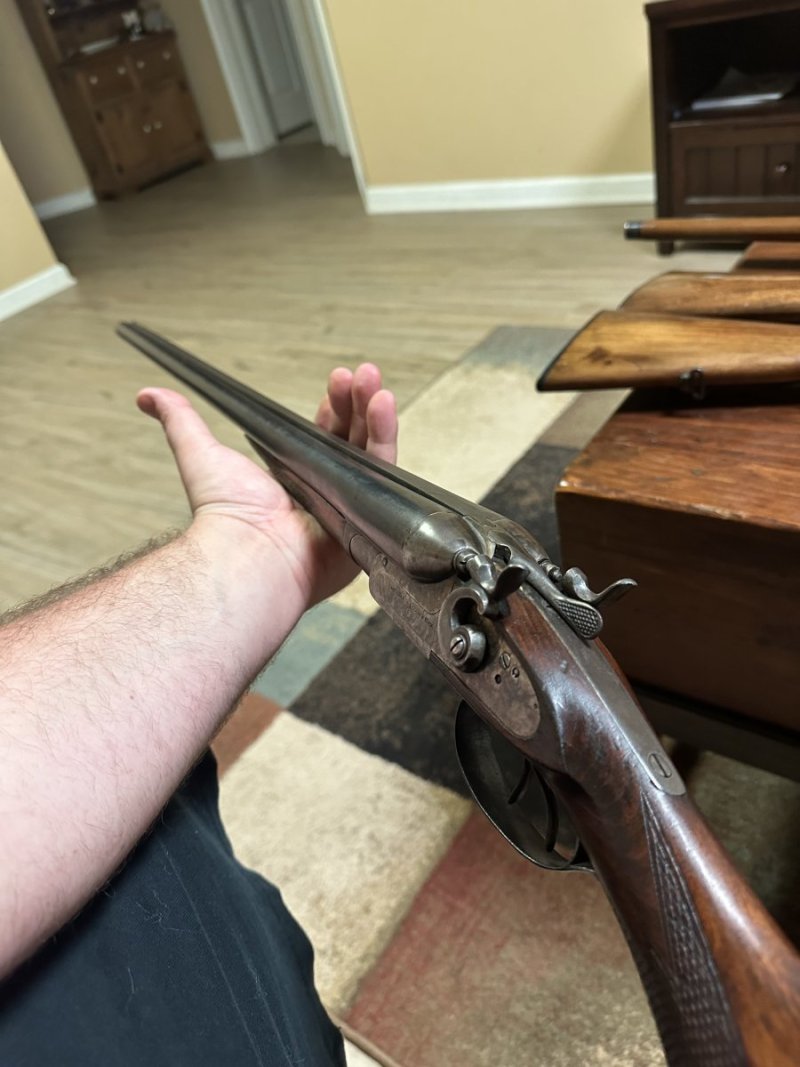 IMG_0573.jpeg131 KB · Views: 35
IMG_0573.jpeg131 KB · Views: 35 -
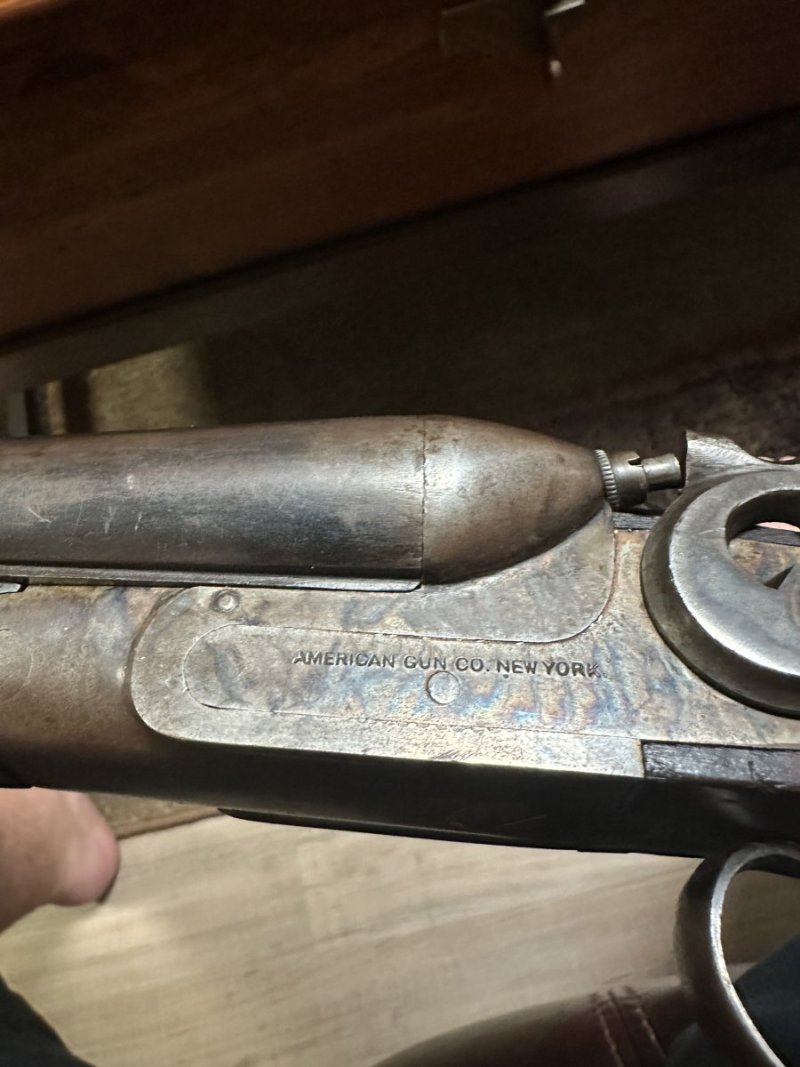 IMG_0572.jpeg139.8 KB · Views: 31
IMG_0572.jpeg139.8 KB · Views: 31 -
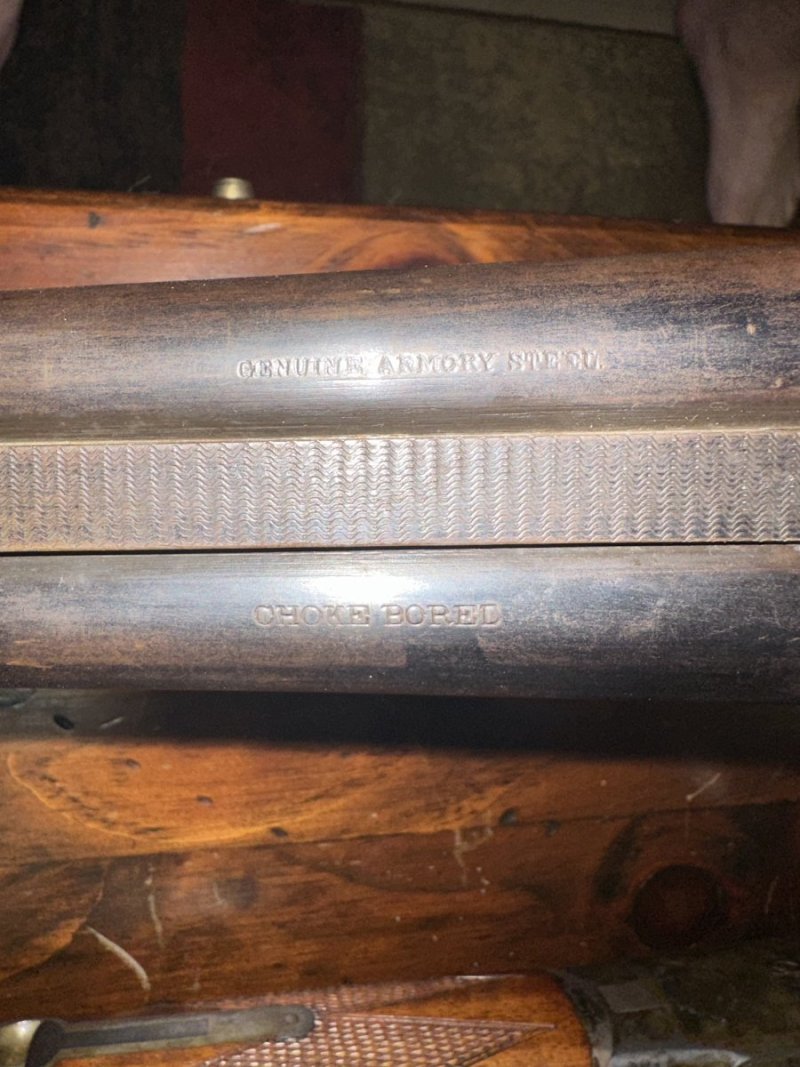 IMG_0570.jpeg194.3 KB · Views: 32
IMG_0570.jpeg194.3 KB · Views: 32 -
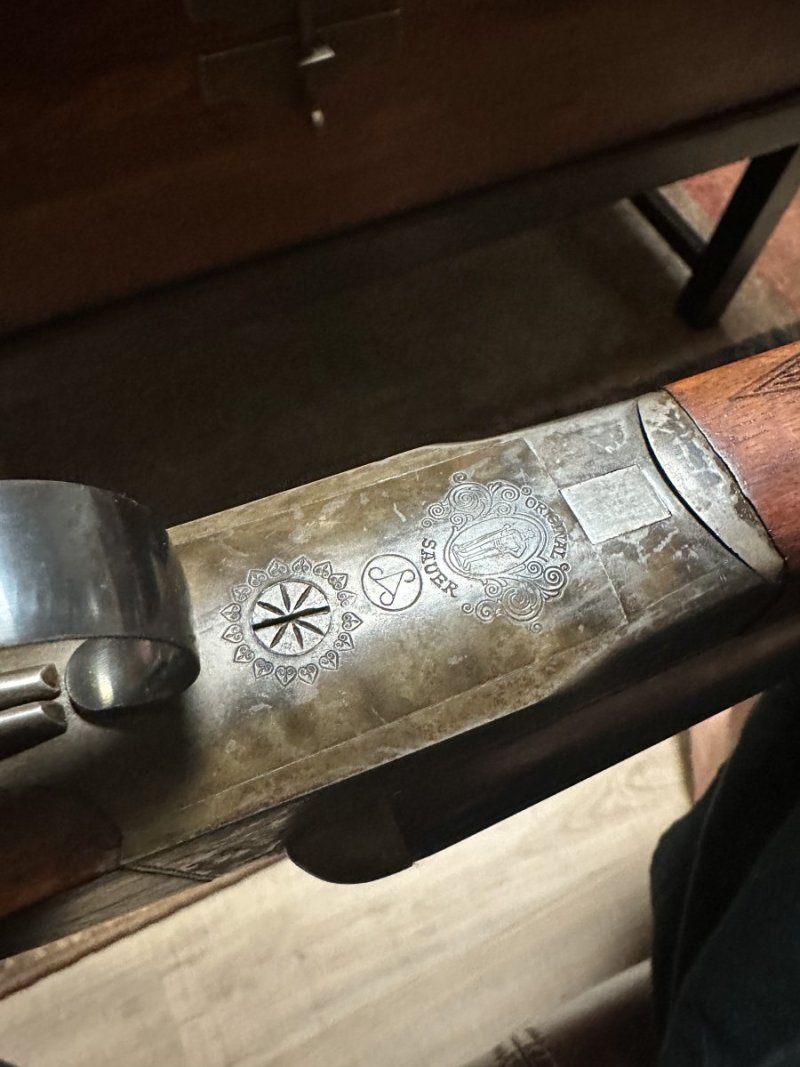 IMG_0566.jpeg147 KB · Views: 27
IMG_0566.jpeg147 KB · Views: 27 -
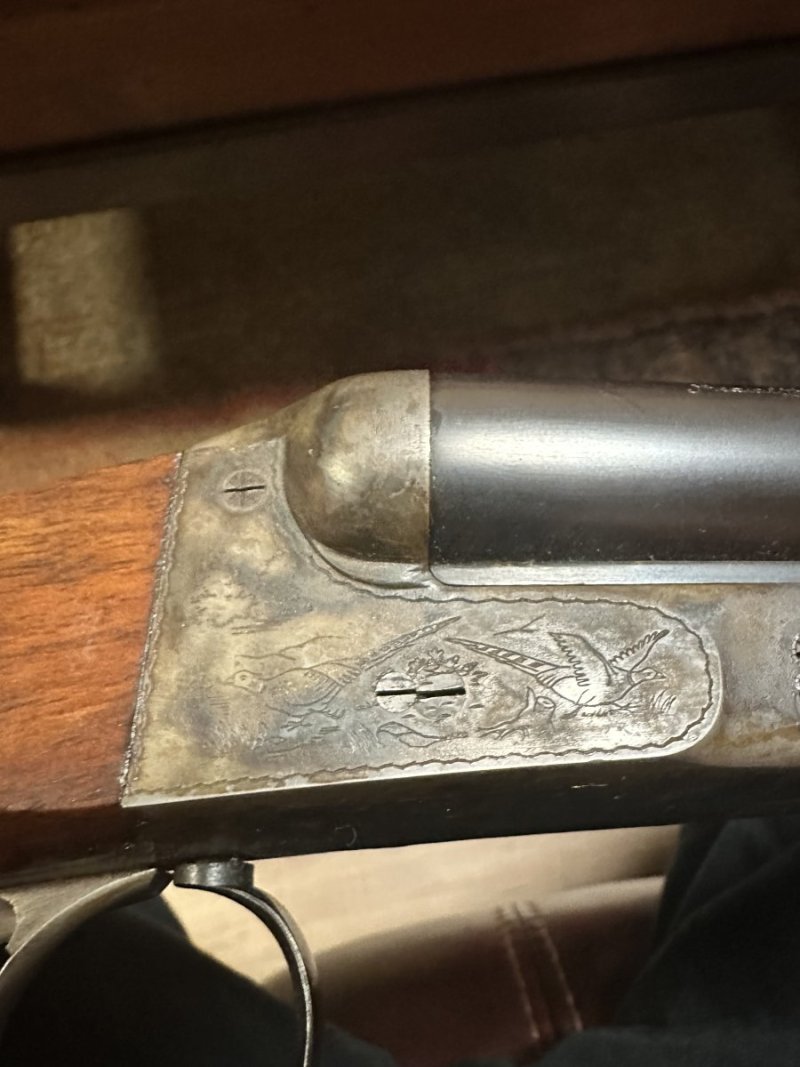 IMG_0564.jpeg137.2 KB · Views: 30
IMG_0564.jpeg137.2 KB · Views: 30 -
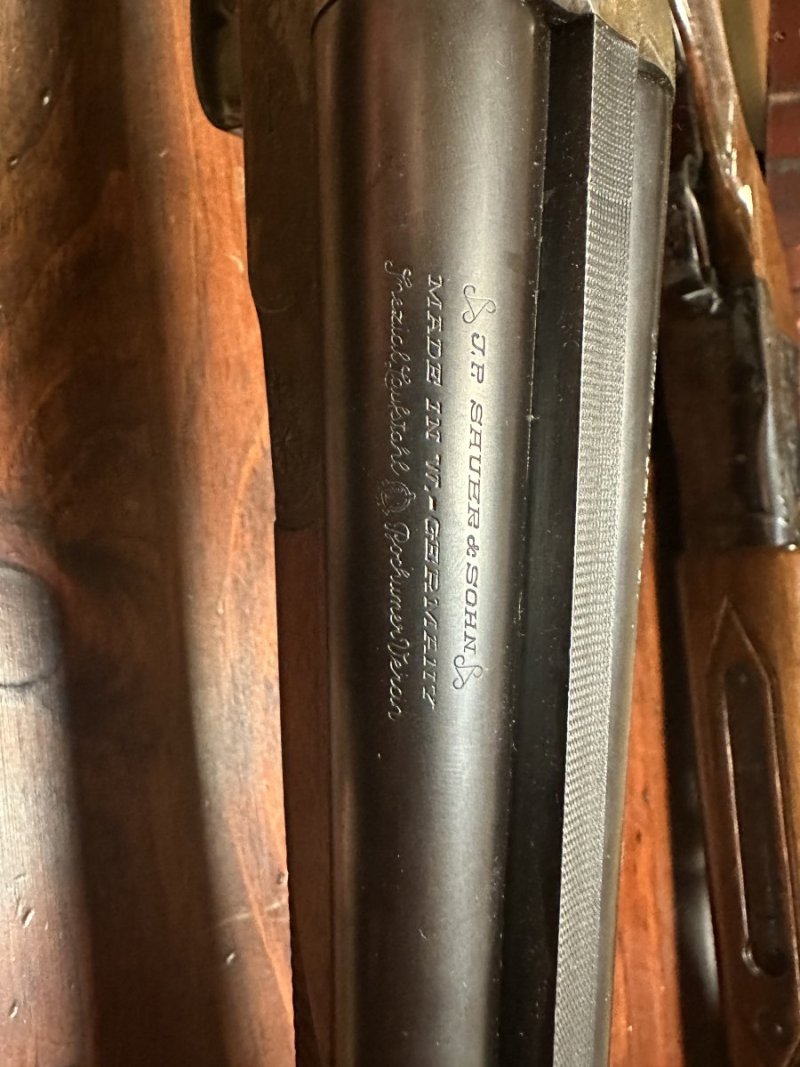 IMG_0563.jpeg174.2 KB · Views: 30
IMG_0563.jpeg174.2 KB · Views: 30 -
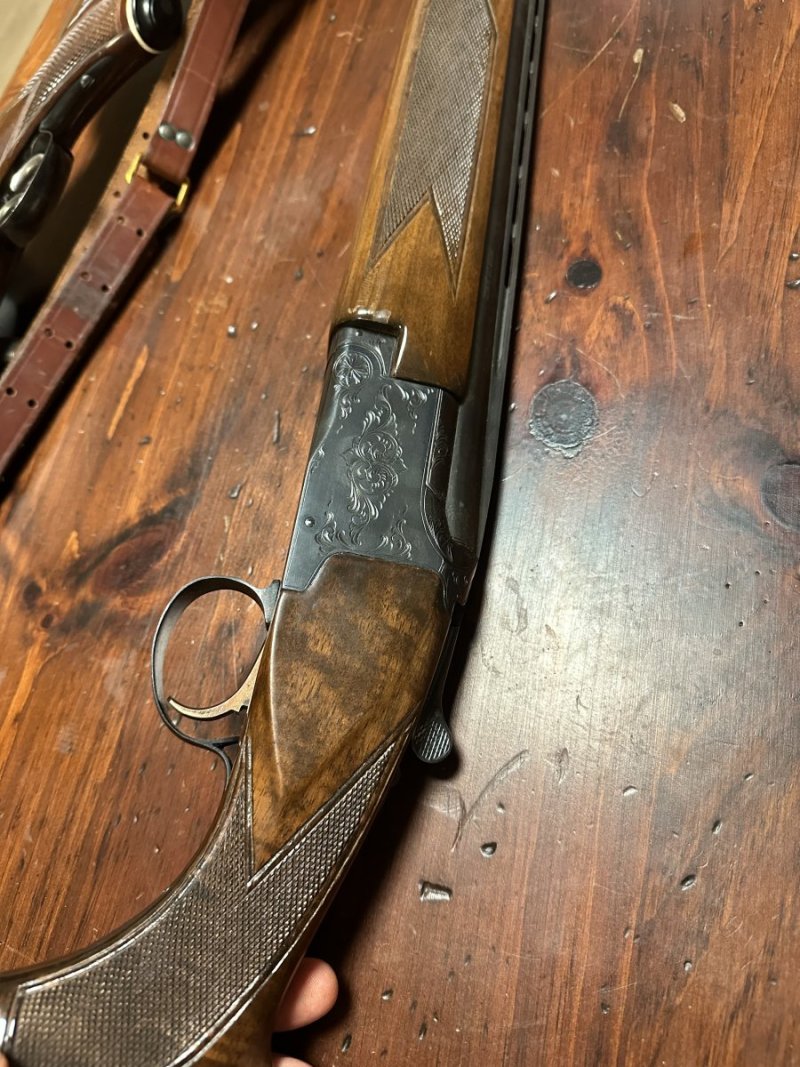 IMG_0558.jpeg269.9 KB · Views: 28
IMG_0558.jpeg269.9 KB · Views: 28 -
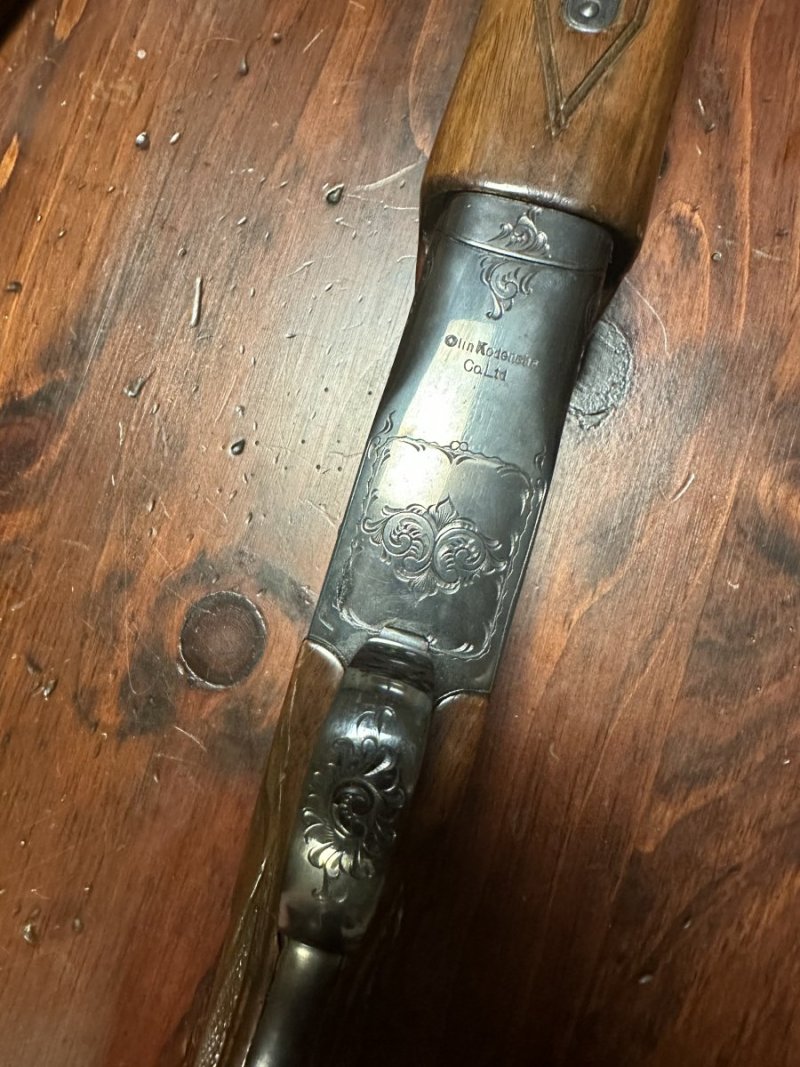 IMG_0557.jpeg233.4 KB · Views: 27
IMG_0557.jpeg233.4 KB · Views: 27 -
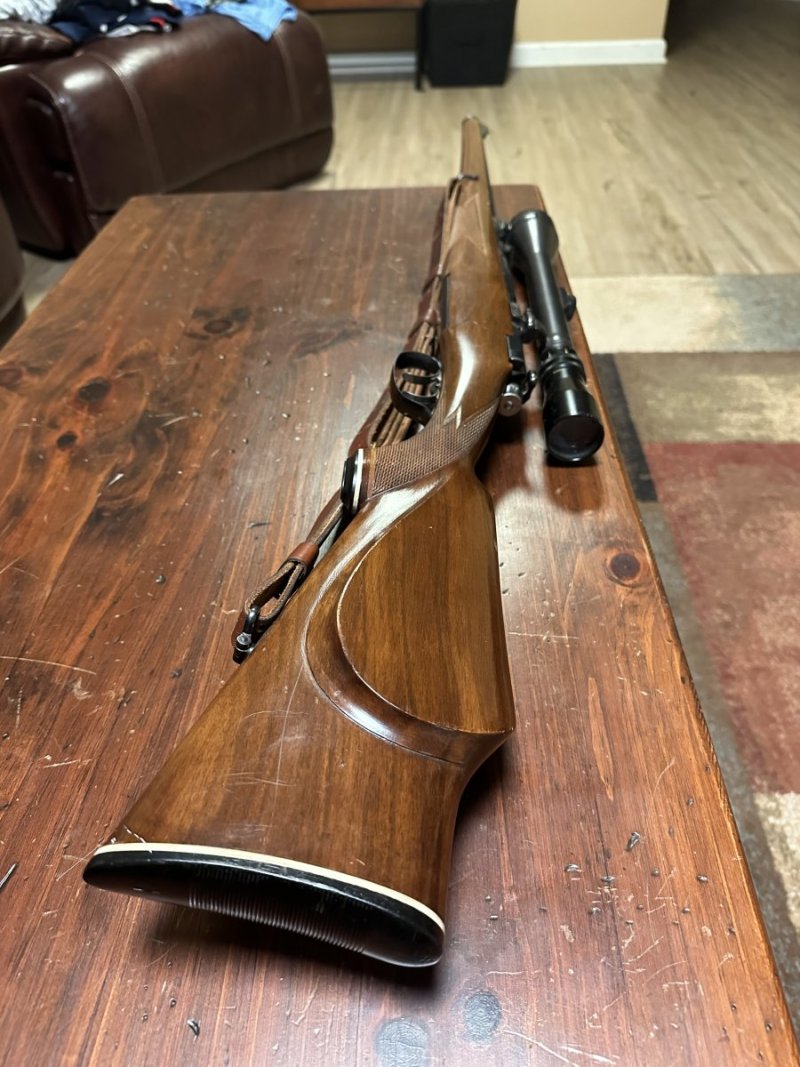 IMG_0554.jpeg205.4 KB · Views: 29
IMG_0554.jpeg205.4 KB · Views: 29 -
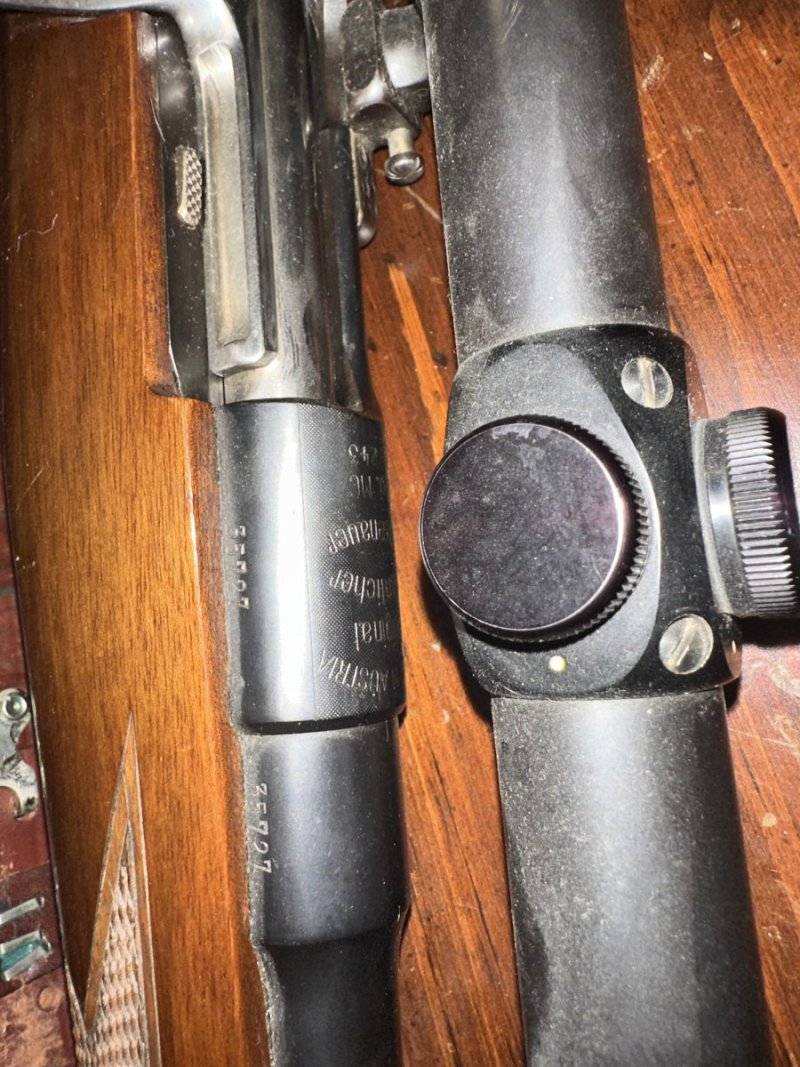 IMG_0551.jpeg257.8 KB · Views: 28
IMG_0551.jpeg257.8 KB · Views: 28 -
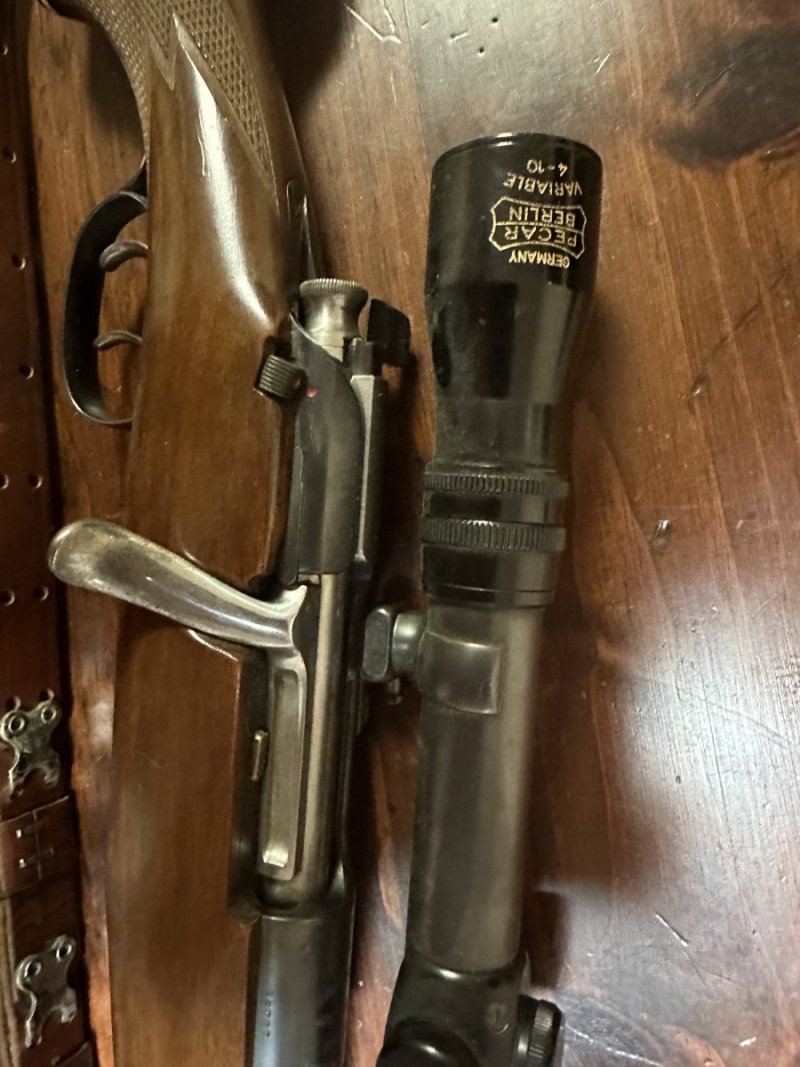 IMG_0548.jpeg170.8 KB · Views: 32
IMG_0548.jpeg170.8 KB · Views: 32






